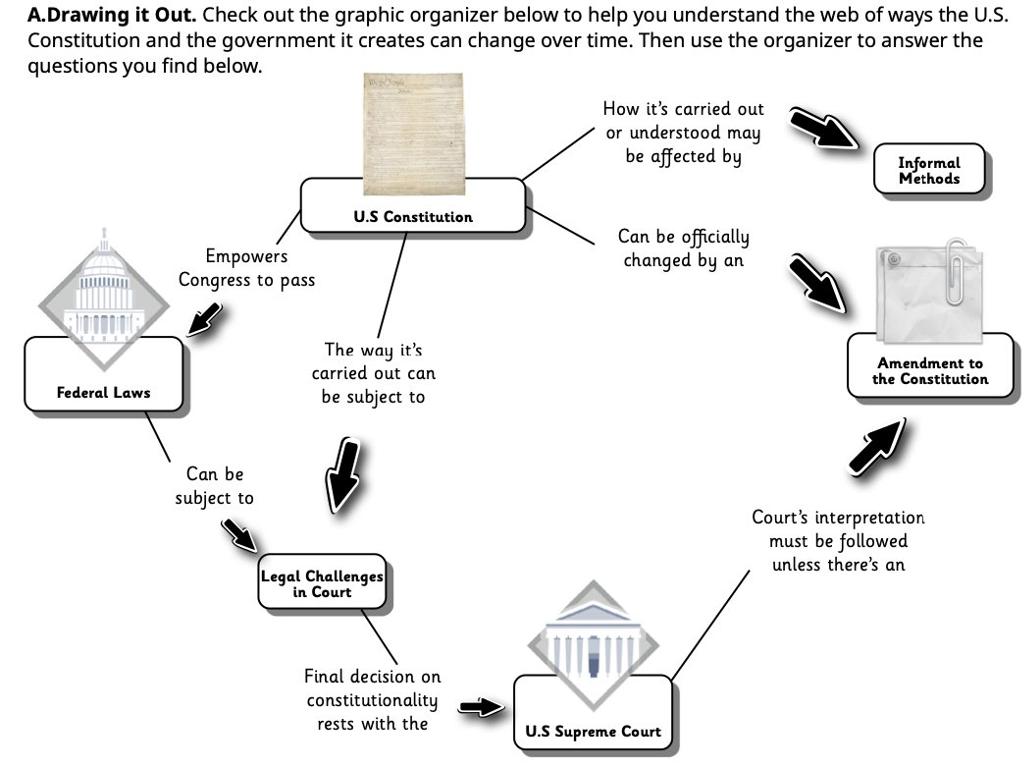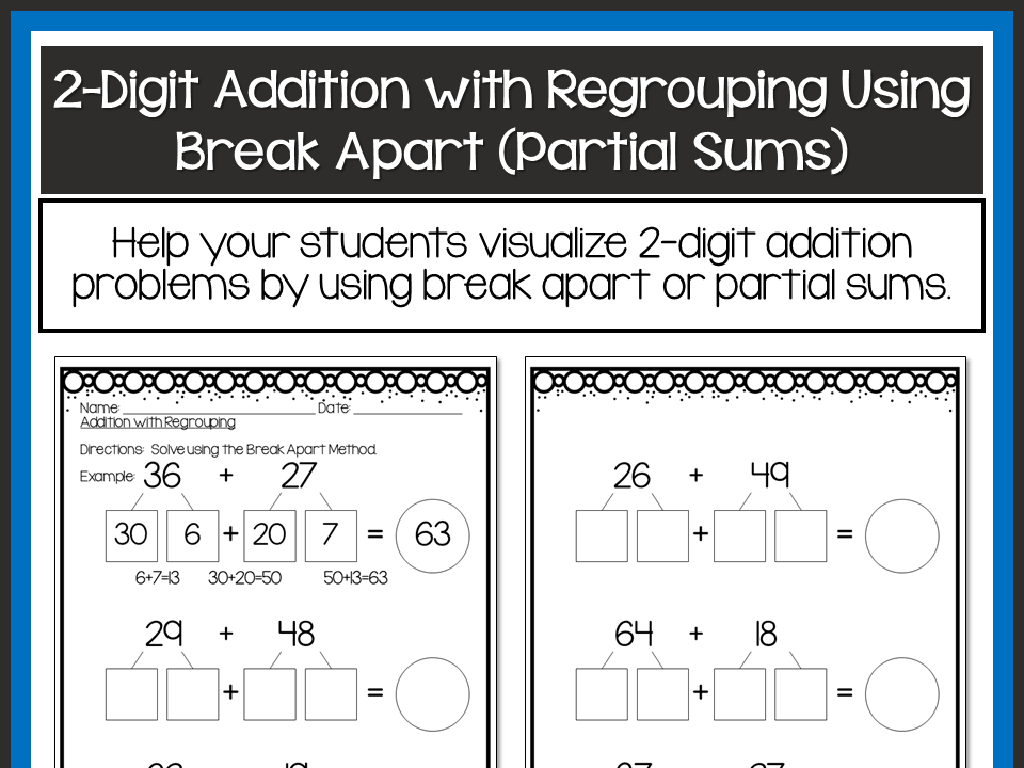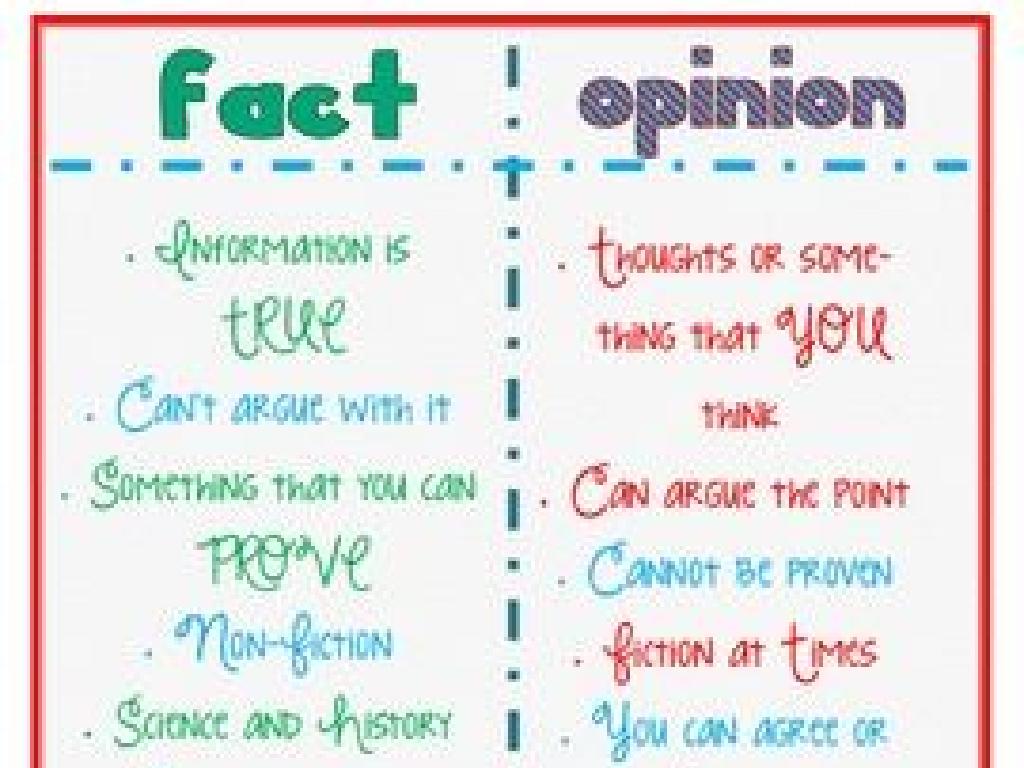Human Organs And Their Functions
Subject: Science
Grade: Fifth grade
Topic: Animals
Please LOG IN to download the presentation. Access is available to registered users only.
View More Content
Welcome to Human Anatomy!
– Explore the human body
– Our role in the animal kingdom
– Humans are mammals, part of the animal kingdom
– Overview of human organs
– Learn about organs like the heart, lungs, and brain
– Functions of key organs
– Each organ has a special job that helps us live
|
This slide introduces the fascinating world of human anatomy, setting the stage for a deeper dive into the structure and function of human organs. Begin by discussing the human body as a complex system, similar to other mammals in the animal kingdom. Emphasize our biological classification and characteristics that connect us with other animals. Provide a brief overview of the major organs that will be discussed, such as the heart pumping blood, lungs for breathing, and the brain as the control center. Highlight the importance of each organ’s function in maintaining life and health. Encourage students to think about how these organs work together harmoniously. This will prepare them for the detailed exploration of each organ’s role in the human body.
What Are Organs?
– Organs: Body’s complex structures
– An organ is made of different tissues and has specific functions.
– Examples: Heart, Brain, Lungs
– Heart pumps blood, brain controls functions, lungs enable breathing.
– Teamwork: Organs working together
– Like a sports team, each organ has a role for our health.
– Life support: Vital for survival
|
This slide introduces the concept of organs as complex structures within the body, each made up of different tissues and with specific functions. Use examples like the heart, which pumps blood; the brain, which controls body functions; and the lungs, which are essential for breathing, to illustrate the variety of organs. Emphasize how organs must work in harmony, much like a team, where each member contributes to the overall health and survival of the human body. Encourage students to think of other organs and their functions, fostering an understanding of the interconnectivity within their own bodies.
The Heart: Our Body’s Pump
– The heart’s role in circulation
– Acts like a pump to move blood
– Blood transport: oxygen and nutrients
– Blood carries essential elements to cells
– The heart’s four chambers
– Each chamber has a unique role in circulation
– Understanding heart function
|
The heart is a muscular organ that pumps blood throughout the body, which is essential for delivering oxygen and nutrients to various tissues and organs. It has four chambers: two atria and two ventricles. The right atrium receives deoxygenated blood from the body and pumps it to the right ventricle, which then sends it to the lungs for oxygenation. Oxygenated blood returns to the left atrium, moves to the left ventricle, and is then pumped out to the body. Understanding the heart’s function is crucial for grasping how our circulatory system works. Use diagrams to illustrate the heart’s chambers and the flow of blood, and encourage students to think about how the heart’s pumping action is similar to other pumps they might be familiar with.
The Brain: Command Center of the Body
– Brain controls thoughts and memory
– It’s like the boss of your body, making decisions and storing memories.
– Each brain part has a unique function
– For example, the cerebrum handles thinking, while the cerebellum manages movement.
– Brain communicates via nerves
– Nerves are like phone lines sending messages from your brain to the body.
– Brain’s role in organ regulation
|
The brain is the central organ of the human body that manages almost every function, from thinking to movement. It’s important for students to understand that the brain is like the control center, sending and receiving information through a network of nerves. Different parts of the brain have specialized roles, which allows for complex operations like problem-solving, playing music, or running. The brain also plays a crucial role in regulating other organs, ensuring they work together smoothly. Use diagrams to illustrate the different parts of the brain and their functions. Encourage students to ask questions about how the brain’s communication with the body affects their daily activities.
The Lungs and Breathing
– Lungs: Essential for breathing
– They allow us to take in oxygen and remove carbon dioxide.
– Inhalation vs. Exhalation
– Inhalation is breathing in; exhalation is breathing out.
– Diaphragm’s role in breathing
– The diaphragm contracts and relaxes to help us breathe.
|
This slide focuses on the lungs, a crucial organ for respiration in humans. Begin by explaining that the lungs are responsible for taking in oxygen, which our cells need to function, and expelling carbon dioxide, a waste product. Discuss the process of inhalation, where the diaphragm contracts to draw air into the lungs, and exhalation, where the diaphragm relaxes to push air out. Emphasize the role of the diaphragm as a muscle that aids in the expansion and contraction of the lungs. Use diagrams if possible to illustrate these concepts. Encourage students to take deep breaths and feel their own diaphragms at work. This will help them understand the physical aspect of breathing.
The Digestive System: Stomach and Intestines
– The stomach’s role in digestion
– It uses acids to break down food into a form that can be absorbed.
– Intestines absorb food nutrients
– Small intestine extracts nutrients; large intestine absorbs water.
– Liver and pancreas aid digestion
– These organs produce enzymes and bile to further break down food.
– Importance of a healthy diet
|
This slide focuses on the digestive system, particularly the stomach and intestines. The stomach uses acids to chemically break down food into a simpler form. The intestines are responsible for absorbing nutrients from this processed food – the small intestine absorbs the nutrients while the large intestine takes in water. The liver and pancreas are accessory organs that produce enzymes and bile to aid in digestion. Emphasize the importance of a healthy diet to keep the digestive system functioning properly. Encourage students to think about what happens to the food they eat and how their bodies extract the necessary nutrients.
The Kidneys: Vital Organ Functions
– Kidneys filter blood waste
– They act like a purifier, removing toxins from our bloodstream.
– Regulate blood pressure
– Kidneys help control the force of blood against your blood vessel walls.
– Maintain water-mineral balance
– They keep the right amount of fluids and essential minerals in our body.
– Essential for homeostasis
|
The kidneys are bean-shaped organs that play several crucial roles in maintaining overall health. They are responsible for filtering waste products from the blood and excreting them from the body as urine. Additionally, the kidneys regulate blood pressure by controlling the volume of blood and the amount of blood vessel constriction. They also maintain a delicate balance of water and minerals such as sodium, potassium, and calcium in the body. This balance is vital for proper cellular function and overall homeostasis. During the presentation, use diagrams to show where the kidneys are located in the body and how they connect to other organs. Encourage students to ask questions about how lifestyle choices, such as diet and exercise, can impact kidney health.
Other Vital Organs and Their Functions
– The liver detoxifies blood
– Acts like a filter to clean harmful substances
– The pancreas balances blood sugar
– Releases insulin to control glucose levels
– The spleen supports the immune system
– Helps to fight germs and keeps your blood healthy
|
This slide focuses on the functions of three vital organs besides the heart, lungs, and kidneys. The liver is crucial for detoxifying the blood and getting rid of toxins. The pancreas plays a key role in regulating blood sugar levels by releasing insulin, which is especially important for energy management and preventing diabetes. The spleen is part of the lymphatic system and helps the body fight infection by filtering the blood and managing the immune response. Encourage students to think about how these organs work together to keep us healthy. Discuss the importance of a balanced diet and regular exercise in maintaining the health of these organs.
How Organs Work Together in Systems
– Body’s various systems
– Digestive, Circulatory, Respiratory, etc.
– Organs’ roles in systems
– e.g., Heart pumps blood, Lungs exchange gases
– Keeping organs healthy
– Importance of diet, exercise, and hygiene
– Interdependence of organs
– Systems rely on each other to function
|
This slide aims to teach students about the different systems in the body and how various organs contribute to each system’s function. Discuss the digestive, circulatory, and respiratory systems as examples. Explain the role of specific organs, like how the heart pumps blood or how the lungs are involved in breathing. Emphasize the importance of maintaining organ health through proper diet, regular exercise, and good hygiene. Highlight how these systems are interdependent, meaning they rely on each other to keep the body functioning properly. Encourage students to think about how taking care of one organ can benefit the whole body.
Class Activity: Build-A-Body
– Create a human body chart in groups
– Each group assembles a body system
– For example, one group might work on the digestive system, another on the respiratory system.
– Present your group’s body system
– Discuss the functions of each system
– Share interesting facts or learnings about the system you worked on.
|
This activity is designed to help students understand the complexity and interconnectivity of human body systems. Divide the class into small groups, assigning each a different body system (e.g., circulatory, respiratory, digestive, etc.). Provide materials such as chart paper, markers, and magazines for cutting out. Each group will create a visual representation of their assigned body system and label the main organs. After the activity, each group will present their chart and discuss the function of the system they assembled. Encourage students to ask questions about how the systems work together. Possible variations of the activity could include using clay to model organs, creating a life-sized body system on the floor with students as ‘organs’, or using digital tools to create an interactive body chart.






